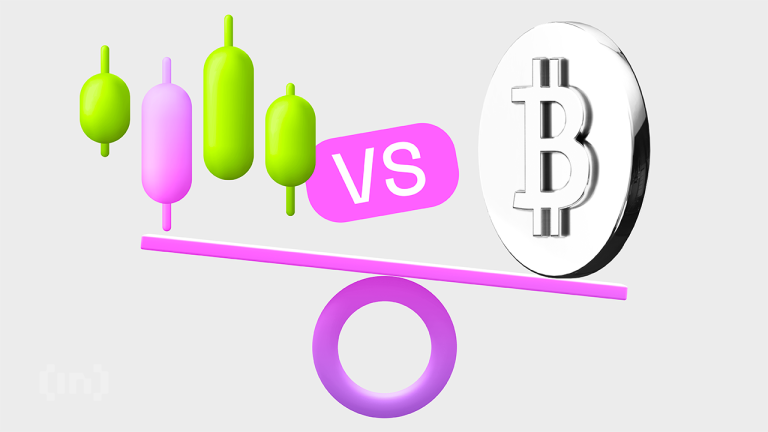
“
Wearable Tech in 2025: Bridging the Gap Between Health and Technology
Wearable Tech in 2025: Bridging the Gap Between Health and Technology has become a vital part of our daily lives. The integration of wearable technology and healthcare has led to a significant improvement in our overall well-being. From smartwatches to fitness trackers, these devices have made it possible for us to monitor our health and fitness levels like never before.
Introduction to Wearable Technology
Wearable technology refers to electronic devices that are designed to be worn on the body. These devices can track various aspects of our health and fitness, such as heart rate, blood pressure, and physical activity. They can also provide alerts and notifications, allowing us to stay connected with our smartphones and other devices.
The first wearable devices were simple pedometers that tracked the number of steps taken by the user. However, with advancements in technology, these devices have become more sophisticated, and can now track a wide range of health and fitness metrics.
Types of Wearable Devices
There are several types of wearable devices available in the market, each with its own unique features and functionalities. Some of the most common types of wearable devices include:
- Smartwatches: These devices can track time, heart rate, and other health metrics. They can also provide alerts and notifications, and allow users to control their music playlists and other smart devices.
- Fitness Trackers: These devices are designed specifically for tracking fitness metrics, such as steps taken, distance traveled, and calories burned. They can also track sleep patterns and provide alerts for sedentary behavior.
- Smart Glasses: These devices are wearable computers that can provide users with information and entertainment on the go. They can also track health metrics, such as heart rate and blood pressure.
Wearable devices have become increasingly popular in recent years, and their adoption is expected to continue growing in the future. According to a report by IDC, the global wearable device market is expected to reach 222.9 million units by 2025, up from 125.5 million units in 2020.
Impact of Wearable Technology on Healthcare
Wearable technology has had a significant impact on the healthcare industry. These devices have made it possible for patients to track their health metrics and fitness levels, and have also enabled healthcare professionals to monitor their patients remotely.
Some of the key benefits of wearable technology in healthcare include:
- Remote patient monitoring: Wearable devices can track patient health metrics, such as heart rate and blood pressure, and provide alerts to healthcare professionals in case of any abnormalities.
- Early disease detection: Wearable devices can detect early signs of diseases, such as diabetes and cardiovascular disease, allowing for early intervention and treatment.
- Personalized medicine: Wearable devices can provide healthcare professionals with personalized data on patient health and fitness, enabling them to develop tailored treatment plans.
Wearable technology has also enabled the development of new business models in healthcare, such as telemedicine and remote health coaching. These models have made it possible for patients to receive healthcare services from the comfort of their own homes, reducing the need for hospital visits and improving patient outcomes.
Challenges and Limitations of Wearable Technology
While wearable technology has many benefits, it also has several challenges and limitations. Some of the key challenges include:
- Data accuracy: Wearable devices can provide inaccurate data, which can lead to incorrect diagnoses and treatments.
- Security: Wearable devices can be vulnerable to cyber attacks, which can compromise patient data and privacy.
- Regulation: The wearable technology industry is largely unregulated, which can make it difficult for healthcare professionals to ensure the safety and efficacy of these devices.
Despite these challenges, wearable technology is expected to continue growing in popularity, and is likely to play an increasingly important role in the healthcare industry in the future. For more insights, check out Futuristic Features: What to Expect from Wearable Tech Innovations in 2025.






2 thoughts on “Wearable Tech in 2025: Bridging the Gap Between Health and Technology”
Comments are closed.